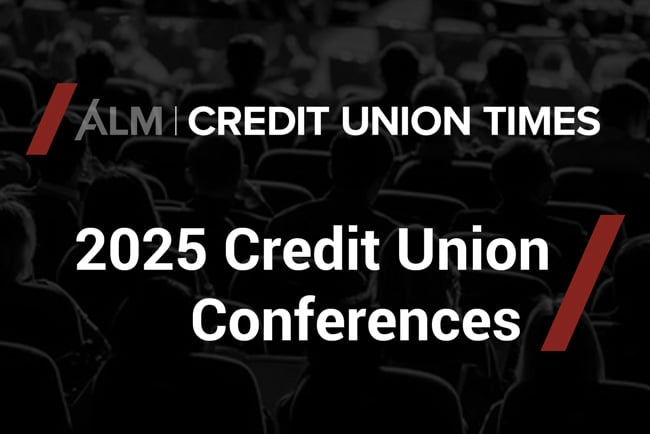LAS VEGAS — If three of the industry-notable CUSOs could go back in time and apply what they know now to what was happening during the pitch-and-launch phase, the lessons would be aplenty.
Speaking at an interactive session during NACUSO's annual conference last week were Mike Atkins, CEO of Open Technology Solutions; Kirk Drake, CEO of Ongoing Operations LLC; and Paroon Chadha, vice president and co-founder of Passageways. Each shared some of the lessons they learned in building their CUSOs.
When asked what the most challenging business issue to starting and running a CUSO was and how that issue was addressed, both Chadha and Drake agreed that bringing on board the right people was critical. Atkins said the biggest challenge was closing the deal, meaning convincing chief information officers that the solution being offered will make their lives better. While it continues to be an issue, Atkins said more credit unions are buying into the benefits.
Recommended For You
With any new business, there are unexpected surprises along the way, the panel session's moderator pointed out. Each of the CUSO leaders was asked to recall some of them. Drake said the pace of change was unexpected, growing from two to 30 employees.
Still, Drake said, "I thrive on change. For us, being able to grow up in the industry has been a positive move."
Drake said the model "can't be built after the fact"; rather, the approach has to be methodical.
"If you sign on a client today, you better have the capital to support it," he suggested.
Atkins said the evolution of OTS' business model was a surprise for the CUSO.
"Once partners said 'go build this,' it became an asset to credit union partners," Atkins said.
Chadha said the journey has been a roller coaster ride. In its first year, Passageways had $100,000 in capital, signed on 10 customers and brought in $300,000 in revenue.
"You would think we were doing a happy dance, but we were not," Chadha said. "That's because we didn't know what to expect next. It's a constant cycle of ups and downs."
One other question asked of the panelists was if they pulled out their original business plan, how would it compare to how their respective CUSOs are operating today. Drake acknowledged that the business plan plays more to what the investors want. Meanwhile, the products and services proposed then are spot on today, he acclaimed. Atkins agreed the business plan is to sell it to the CEOs but the CUSO wanted to be comfortable with making the entity work over the years.
Chadha said he is a big believer in business plans but is aware that there may be three different versions that are made available: the "optimistic, pessimistic and realistic" plans.
© 2025 ALM Global, LLC, All Rights Reserved. Request academic re-use from www.copyright.com. All other uses, submit a request to [email protected]. For more information visit Asset & Logo Licensing.







